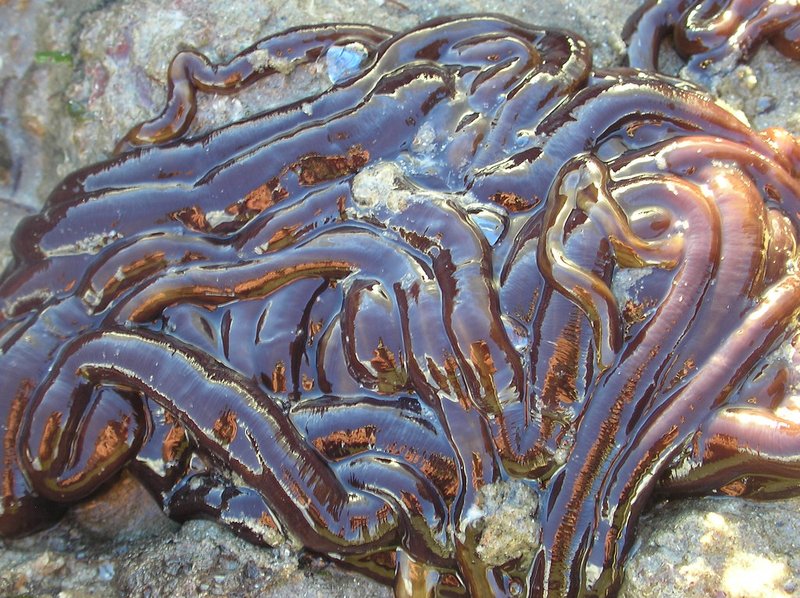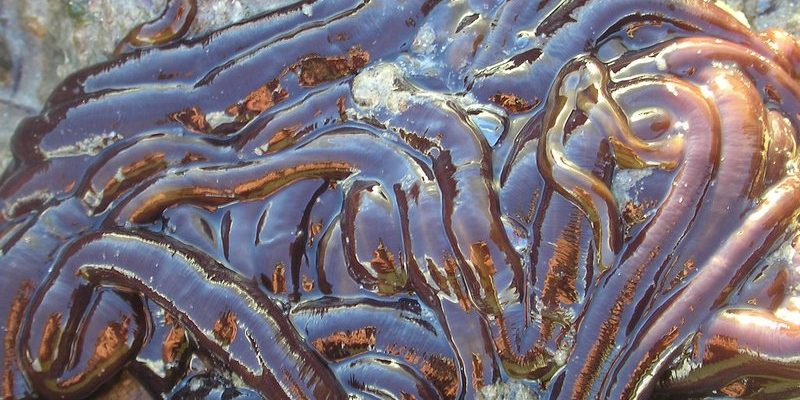
So, why are they called bootlace worms? Well, it’s all in the name. Historically, they were used in England to make boot laces because they can be incredibly long and thin. Picture a super skinny spaghetti noodle that never seems to end. The bootlace worm has captured the attention of scientists and curious minds alike due to its astounding lengths and mysterious lifestyle. Now, let’s explore some of the longest bootlace worms ever recorded, where they live, and what makes them so special.
What Are Bootlace Worms?
Before we jump into who the record holders are, let’s get to know bootlace worms a bit better. Bootlace worms are fascinating marine creatures that can be found on the ocean floor. They belong to a group called *Nemertea*, or ribbon worms, known for their elongated, ribbon-like bodies.
These worms can grow to impressive lengths, with some individuals measuring over 30 meters (about 98 feet)! They’re not just long; they’re also incredibly stretchy and can contract and expand their bodies like a rubber band. You might be wondering how they live in such a lengthy form. Well, their elongated shape allows them to burrow into the sand and hide from predators, making them stealthy hunters.
They have a fascinating way of catching their food, too. Bootlace worms can shoot out a sticky proboscis to snag small fish or other marine creatures. Think of it like a super cool, underwater version of a superhero’s lasso!
The Record-Breaking Lengths
Now, let’s talk about some of the longest bootlace worms ever recorded. The story starts with a past record holder from Scotland. In 1864, a bootlace worm was found measuring a whopping 55 meters (about 180 feet). That’s almost as long as a blue whale! This record fascinated scientists and nature lovers alike because, until then, no one thought a worm could grow that long.
In more recent times, a bootlace worm captured in the waters of the English Channel was measured at 30 meters (nearly 98 feet). Despite being shorter than the historical record, this worm still makes it to the top of the list of modern-day giants. Its sheer size continues to astonish marine biologists who are continually studying the mysteries of these long-lived creatures.
Some researchers speculate that these remarkable lengths give bootlace worms an advantage in their natural habitat, helping them escape predators and find food more efficiently. It’s like having a really long arm that reaches out to grab a snack from the table without ever getting up!
Where Do You Find Bootlace Worms?
Bootlace worms are typically found in the cold waters of the North Atlantic Ocean, particularly around the coasts of Europe. They thrive in sandy or muddy sediments on the ocean floor, where they can burrow and hide. This habitat provides them with ample food sources while keeping them safe from curious predators.
If you ever get the chance to dive or snorkel in these areas, you might just stumble upon these incredible creatures, often camouflaged within their surroundings. Isn’t it neat to think about how many fascinating creatures are lurking below the surface, just waiting to be discovered?
Here’s the thing: while bootlace worms are generally found in one specific habitat, their length means they can cover a lot of ground (or ocean floor, in this case) searching for food. Scientists believe that as more underwater explorations take place, we may discover even longer worms hiding in remote locations.
The Biology of Bootlace Worms
Let’s take a closer look at what makes bootlace worms so unique from a biological perspective. Apart from their impressive length, these worms have a couple of other interesting features. They have a simple body structure that doesn’t include complex organs found in most animals, but they do possess a nervous system, allowing them to respond to their environment effectively.
Bootlace worms also have a remarkable regenerative ability. If they lose a part of their body or are injured, they can regenerate missing sections over time. This capability is not only fascinating but also vital for survival in their often-harsh underwater environment. Imagine being able to grow back a lost arm or leg!
One more intriguing aspect is their reproductive method. Bootlace worms can reproduce both sexually and asexually, depending on the circumstances. This adaptability is a survival tactic that ensures their population continues, no matter the challenges they might face.
Why Do We Care About Bootlace Worms?
You might be thinking, “Okay, they’re impressive, but why should I care about bootlace worms?” Well, let me explain. These unique creatures play a crucial role in their ecosystems. They help control populations of smaller marine organisms, which in turn contributes to the overall balance of the ocean environment.
Furthermore, studying bootlace worms and their extraordinary biology can inspire new research in various scientific fields. Their regenerative properties, for instance, could pave the way for advancements in medicine and tissue engineering. By understanding how these worms regenerate their bodies, scientists might unlock secrets that could lead to breakthroughs in human healing processes.
Plus, let’s not underestimate the sheer wonder of nature. Bootlace worms remind us that there’s so much more to discover in the world around us—ones that might just be hiding in plain sight.
Challenges and Conservation
Unfortunately, bootlace worms face threats from human activity and environmental changes. Coastal pollution, climate change, and habitat destruction can significantly impact their populations. As the oceans warm and ecosystems become more unstable, it’s essential to be aware of the delicate balance these creatures face.
Conservation efforts are needed to protect not only bootlace worms but also their habitats. Marine protected areas and sustainable practices can help ensure that these remarkable creatures—and their long histories—continue to thrive. While you might not see a bootlace worm in your backyard, every little action counts in preserving their underwater world.
Being mindful of how our actions impact the environment is crucial, and understanding the significance of creatures like the bootlace worm is a step toward creating a better future for our oceans.
Bootlace worms are not just extraordinary because of their length but also for the important role they play in marine ecosystems. From their fascinating biology to their remarkable adaptability, these creatures hold valuable lessons about resilience and the wonders of nature.
As we continue to explore our ocean depths, we may uncover even more secrets about these incredible organisms. Who knows? The next time you enjoy a beach day, you might just be thinking about the long, hidden creatures beneath your feet. By appreciating and protecting these unique inhabitants of our oceans, we can ensure their survival for generations to come. So, let’s be curious, and let’s take care of our planet—because every little worm matters!

